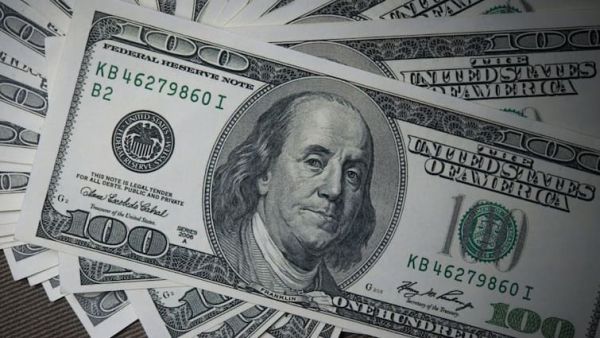
Consumer inflation in the United States is anticipated to pick up pace in June, driven by recovering fuel costs and increasing prices for products affected by recent tariff policies.
According to economists surveyed by Reuters, the Consumer Price Index (CPI) likely rose by 0.3 per cent last month—marking the largest monthly gain since January—after a modest 0.1 per cent increase in May.
The upcoming CPI data from the Labour Department is expected to reflect the initial impact of tariffs on imports from countries such as Canada, Japan, Brazil, Mexico, and members of the European Union, reported Reuters.
President Donald Trump’s administration confirmed these higher import duties would be implemented from August 1. While inflation figures from February through May remained soft, economists now anticipate a gradual build-up in consumer price pressures through the latter half of 2025.
Stockpile Cushion Wanes, Price Increases Begin to Surface
Experts believe the delay in retail price hikes was partly due to businesses drawing on inventory stockpiled prior to the introduction of the tariffs. With those inventories dwindling, companies may now have little choice but to pass on higher costs to consumers.
“The June CPI report is likely to show inflation beginning to strengthen again, albeit not enough to alarm Fed officials at this juncture,” said Sarah House, Senior Economist at Wells Fargo. “While inventory front-running has mitigated the need to raise goods prices, it will become increasingly difficult for businesses to absorb higher import duties as pre-tariff stockpiles dwindle.”
The report is also expected to show mild food inflation, supported by easing egg prices as the impact of an avian flu outbreak subsides. In annual terms, CPI inflation is projected to rise 2.7 per cent through June, up from 2.4 per cent in May.
Core Inflation to Remain Firm, Fed Likely to Hold Policy Steady
Core inflation—which excludes food and energy—is forecast to increase by 0.3 per cent month-on-month, the most since January, up from a 0.1 per cent rise in May. Economists attribute the gain to costlier items like furniture and recreation goods, which are highly exposed to tariff-related input costs.
“Anecdotal reports suggest that tariff-related price hikes began to finally grow in frequency in June, but I expect the bulk of the impact to come in July and August,” said Stephen Stanley, Chief US Economist at Santander US Capital Markets.
Over the 12-month period through June, core CPI is expected to have risen by 3.0 per cent, compared to the 2.8 per cent increase sustained over the previous three months.
Despite these inflationary pressures, services categories such as airfares and hotel rates remain relatively subdued due to soft consumer demand. Veronica Clark, an economist at Citigroup, noted, “Only modest services inflation should be an encouraging sign that higher goods prices are not leading to broad-based inflationary pressures.”
With the Federal Reserve targeting a 2 per cent inflation rate, the central bank is expected to maintain its benchmark interest rate at 4.25–4.50 per cent during its upcoming policy meeting. Minutes from the June 17–18 meeting revealed that only “a couple” of officials viewed a rate cut in July as necessary.
Meanwhile, Goldman Sachs forecasts core CPI inflation to rise between 0.3 and 0.4 per cent over the coming months, led by price increases in consumer electronics, automobiles, and clothing, although they expect only a minimal impact on services inflation in the near term.
-
Do you have a cold cough again and again? Learn from your doctor

-
Legendary Indian Film Star Dheeraj Kumar Dies at 79

-
Drinking turmeric tea in monsoon, will be shocked to know benefits

-
Stay-At-Home Mom With One Baby Criticizes Other Parents Who Say It’s Hard

-
4 Zodiac Signs Experience Significant Abundance & Luck On July 16, 2025
